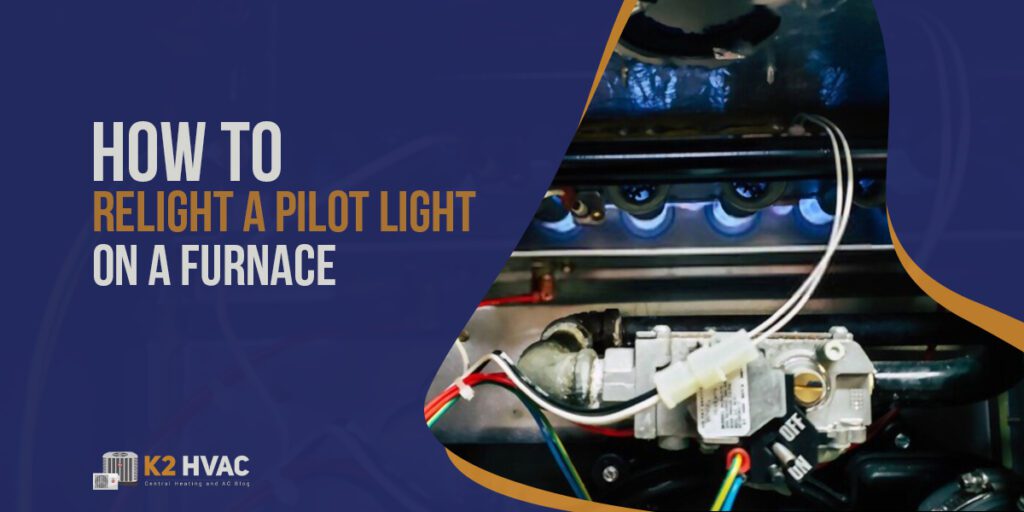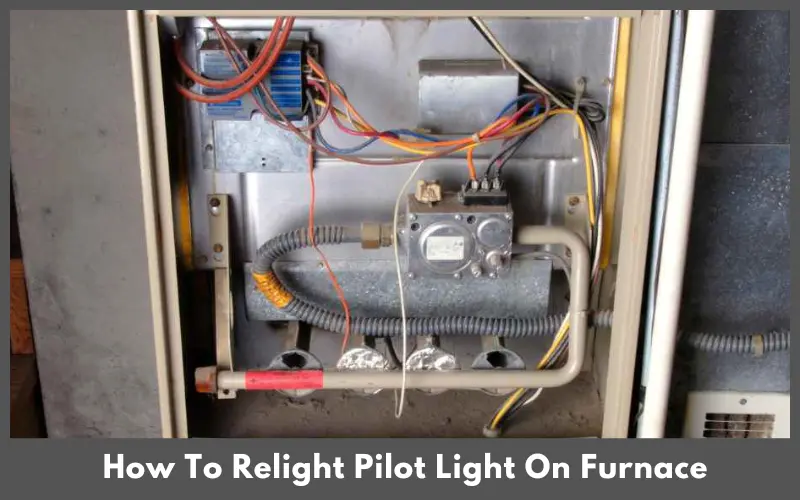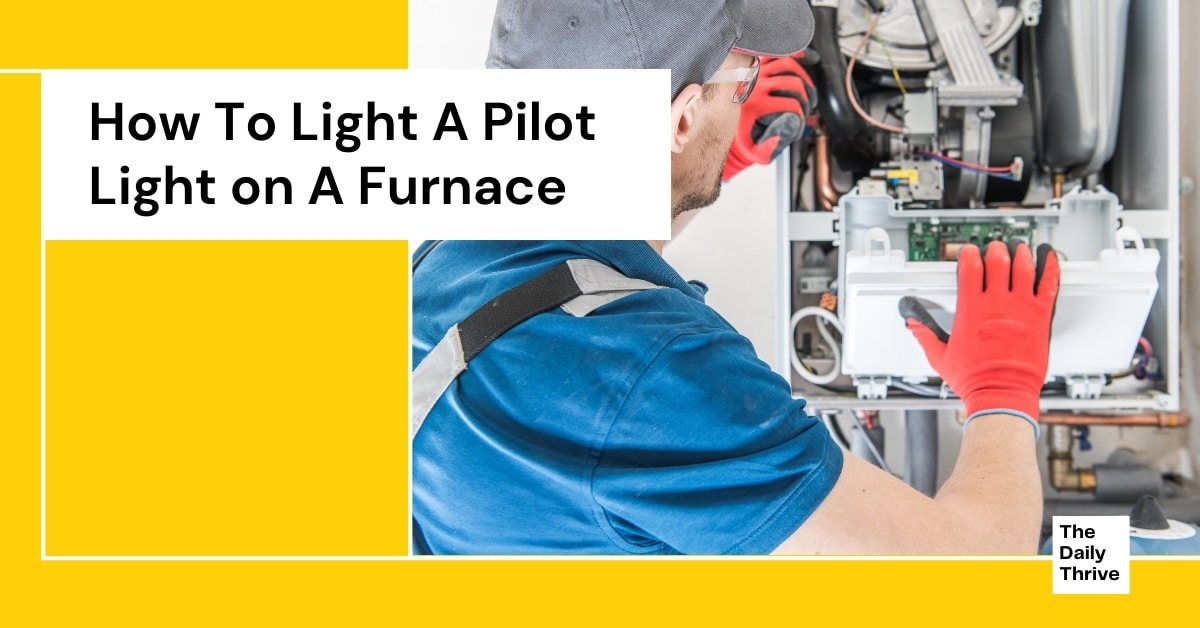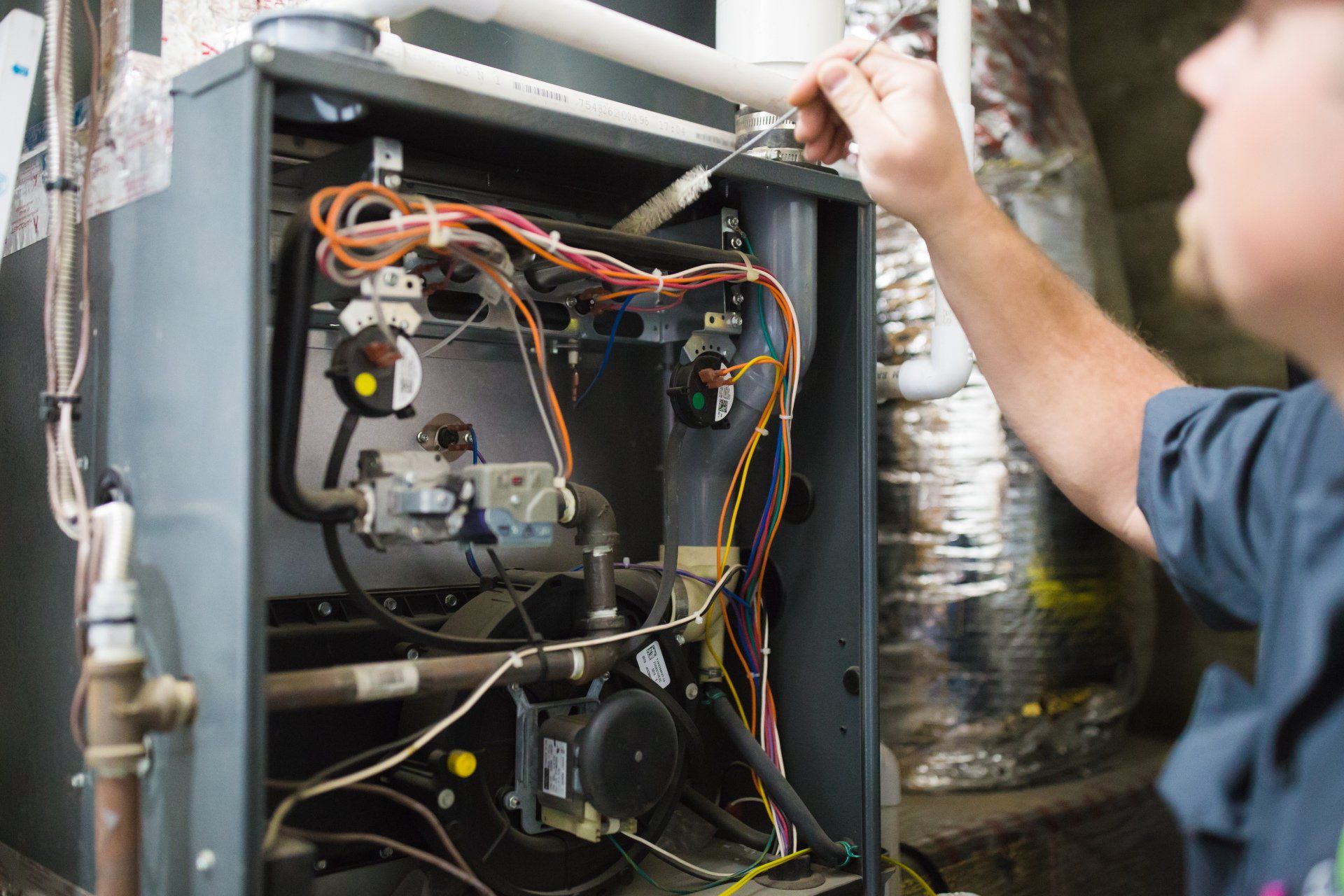How To Light A Furnace Pilot Light

Many older furnaces rely on a pilot light to ignite the main burners and provide heat. While newer furnaces often use electronic ignition, understanding how to light a pilot light is a valuable skill, especially in emergencies or if you have an older heating system. This guide provides a step-by-step process for safely and effectively lighting your furnace pilot light. However, safety is paramount. If you are uncomfortable performing these steps, or if you smell a strong gas odor, immediately contact a qualified HVAC technician or your gas company.
Understanding the Pilot Light System
Before attempting to light the pilot light, it's crucial to understand the components involved and how they work together. The pilot light system is essentially a small, always-burning flame that serves as a continuous ignition source for the main burners. Here's a breakdown of the key components:
- Pilot Light Assembly: This is the small nozzle that emits the gas for the pilot light. It's usually located near the main burners.
- Thermocouple or Flame Sensor: This safety device is positioned directly in the pilot flame. Its job is to sense the heat from the pilot light. If the pilot light goes out, the thermocouple shuts off the gas supply to prevent a gas leak. Think of it as a "proof of flame" sensor.
- Gas Valve: This valve controls the flow of gas to the pilot light and the main burners. It has settings for "OFF," "PILOT," and "ON."
- Igniter Button: This button (sometimes called a piezo igniter) creates a spark to ignite the pilot light. Some older furnaces may require a match or lighter.
Understanding these components will make the lighting process much smoother and help you troubleshoot any potential issues.
Safety First: Essential Precautions
Working with gas appliances requires extreme caution. Adhering to these safety precautions is non-negotiable:
- Smell Test: The most important step! Before you even touch the furnace, sniff around the unit and the surrounding area. If you smell a strong odor of gas, DO NOT PROCEED. Evacuate the area immediately and call your gas company or a qualified HVAC technician from a safe location.
- Ventilation: Ensure the area around the furnace is well-ventilated. Open windows and doors to allow any accumulated gas to dissipate.
- Turn Off Power: Locate the circuit breaker for the furnace and turn it off. This will prevent the main burners from accidentally igniting during the pilot lighting process.
- Read the Instructions: Your furnace may have specific instructions printed on a label near the gas valve. Always refer to these instructions first. They may differ slightly from the general steps outlined below.
- No Smoking or Open Flames: Keep all sources of ignition away from the furnace while working on it.
Ignoring these safety precautions could lead to a fire, explosion, or carbon monoxide poisoning. Prioritize safety above all else.
Step-by-Step Guide to Lighting the Pilot Light
Once you've taken the necessary safety precautions, you can proceed with lighting the pilot light. Follow these steps carefully:
- Locate the Gas Valve: Find the gas valve on the furnace. It's usually a clearly marked knob or switch with "OFF," "PILOT," and "ON" positions.
- Turn the Gas Valve to "OFF": Ensure the gas valve is in the "OFF" position. Wait at least 5 minutes to allow any accumulated gas to dissipate. This is a critical step to prevent a dangerous build-up of gas.
- Turn the Gas Valve to "PILOT": After waiting, turn the gas valve to the "PILOT" position. You will likely need to push down on the valve while turning it to this position.
- Hold Down the Gas Valve: Continue to hold down the gas valve in the "PILOT" position. This allows gas to flow to the pilot light.
- Ignite the Pilot Light: While still holding down the gas valve, press the igniter button repeatedly. You should hear a clicking sound as the igniter sparks. If your furnace doesn't have an igniter button, use a long-handled lighter or match to carefully ignite the pilot light.
- Observe the Pilot Flame: Look closely at the pilot light assembly to see if the pilot light has ignited. It should be a small, steady blue flame.
- Continue Holding for 30-60 Seconds: This is crucial! Continue holding down the gas valve for 30-60 seconds after the pilot light has ignited. This gives the thermocouple time to heat up and signal to the gas valve that the pilot light is lit. If you release the valve too soon, the pilot light will likely go out.
- Release the Gas Valve: After holding the valve down for the required time, slowly release it. The pilot light should remain lit.
- Turn the Gas Valve to "ON": If the pilot light stays lit, carefully turn the gas valve to the "ON" position. The main burners should now ignite automatically.
- Turn on the Power: Return to the circuit breaker and turn the power to the furnace back on.
- Monitor the Furnace: Observe the furnace for a few minutes to ensure it's operating correctly. The main burners should cycle on and off as needed to maintain the set temperature on your thermostat.
Troubleshooting Common Issues
Sometimes, lighting the pilot light doesn't go as smoothly as planned. Here are some common problems and how to troubleshoot them:
- Pilot Light Won't Light:
- No Gas: Make sure the gas supply to your home is turned on. Check other gas appliances to confirm.
- Clogged Pilot Light Orifice: The small opening in the pilot light assembly may be clogged with dust or debris. Use a small wire or needle to carefully clean it. Be extremely gentle!
- Faulty Igniter: If the igniter isn't sparking, it may be faulty and need to be replaced.
- Faulty Thermocouple: The thermocouple may be weak or damaged. This is a common cause of pilot light problems. A technician can test and replace it.
- Pilot Light Lights, But Goes Out When Valve Is Released:
- Faulty Thermocouple: This is the most likely cause. The thermocouple isn't generating enough voltage to keep the gas valve open.
- Insufficient Holding Time: Make sure you're holding down the gas valve for a full 30-60 seconds.
- Pilot Light Has a Yellow Flame:
- Dirty Pilot Light Orifice: A yellow flame indicates incomplete combustion, usually due to a dirty orifice. Clean the pilot light assembly.
Important: If you are unable to troubleshoot the issue or are uncomfortable working with gas appliances, do not hesitate to call a qualified HVAC technician. It's better to be safe than sorry.
Preventative Maintenance
Regular maintenance can help prevent pilot light problems and ensure your furnace operates efficiently and safely. Here are some tips:
- Annual Furnace Inspection: Schedule an annual inspection and tune-up with a qualified HVAC technician. They can clean and inspect the furnace, check the pilot light system, and identify any potential problems before they become major issues.
- Clean the Furnace: Regularly clean the area around the furnace to prevent dust and debris from accumulating.
- Replace Air Filters: Dirty air filters can restrict airflow and cause the furnace to overheat. Replace them regularly, as recommended by the manufacturer.
Think of your furnace like your car. Regular maintenance will extend its lifespan and prevent costly repairs down the road.
When to Call a Professional
While this guide provides a comprehensive overview of how to light a furnace pilot light, there are situations where it's best to call a professional:
- You Smell a Strong Gas Odor: This is a serious safety hazard and requires immediate attention.
- You Are Uncomfortable Working with Gas Appliances: If you feel uneasy or uncertain about any of the steps, it's best to leave it to a professional.
- You Have Tried Troubleshooting and the Pilot Light Still Won't Light: A more complex problem may be present that requires specialized tools and expertise.
- Your Furnace is Making Unusual Noises: This could indicate a mechanical problem that needs to be addressed by a professional.
- You Haven't Had Your Furnace Inspected in Over a Year: Annual inspections are crucial for safety and efficiency.
A qualified HVAC technician can diagnose and repair any issues with your furnace, ensuring it operates safely and efficiently. They can also provide valuable advice on how to maintain your heating system and prevent future problems.
By following these steps and taking the necessary precautions, you can safely and effectively light your furnace pilot light. Remember, safety should always be your top priority. If in doubt, call a professional.






:max_bytes(150000):strip_icc()/checking-the-furnace-77890266-5c50db64c9e77c0001d76385.jpg)



